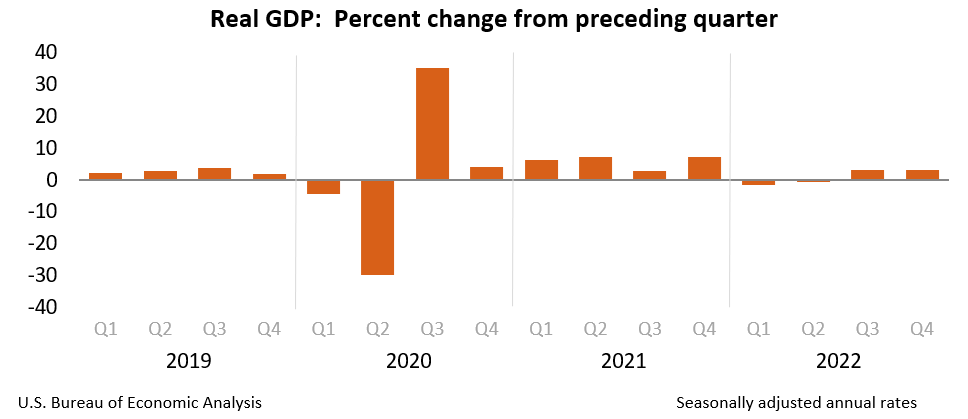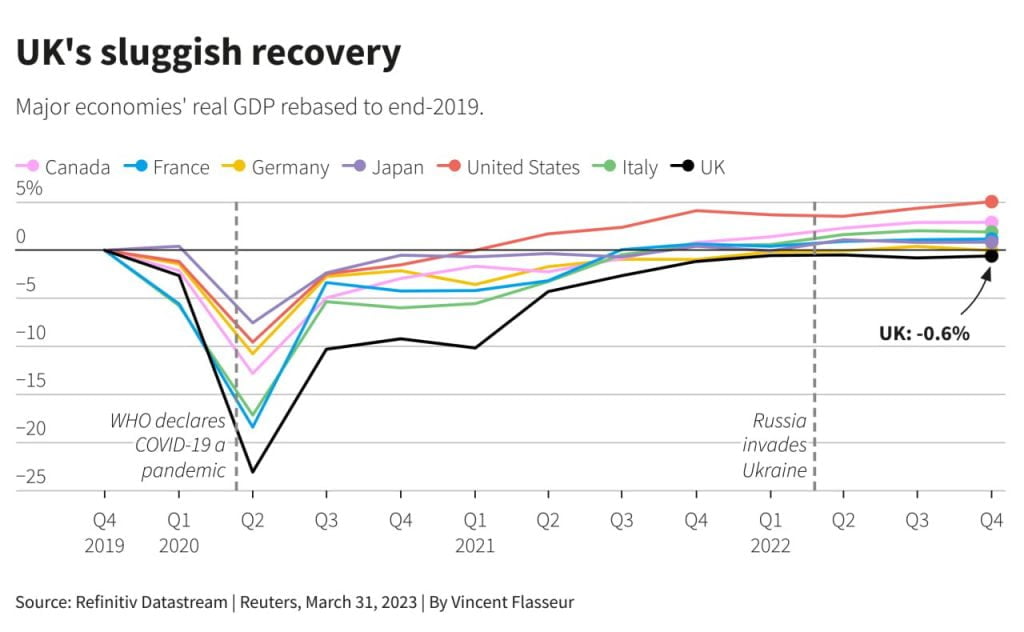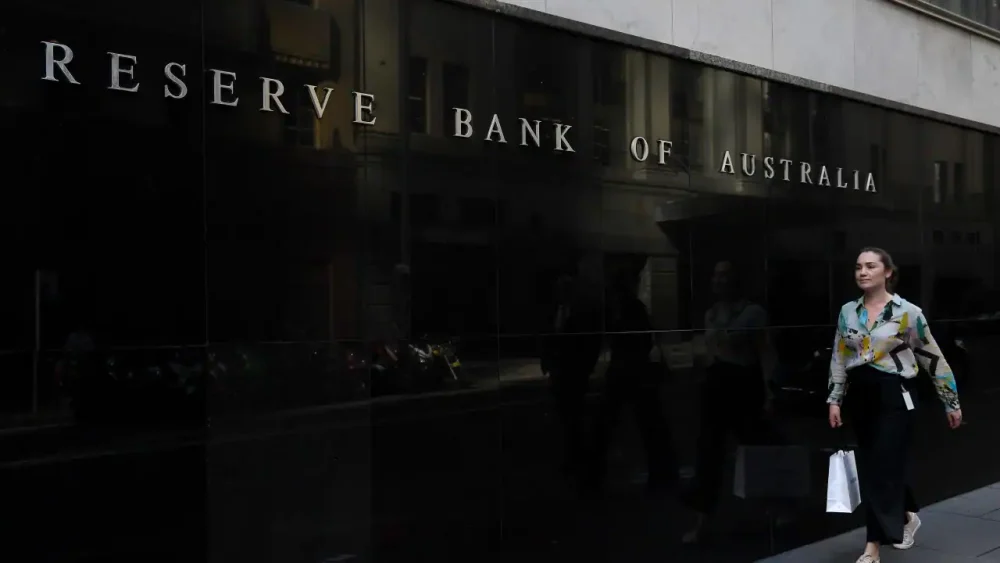US growth was not strong in the fourth quarter!
Jobs remain strong
The latest report from the US Department of Labor shows that the number of jobless claims increased relatively last week. It rose 6,000 to 266,000 on a seasonally adjusted basis for the week ending March 26. The rate is in line with economists’ expectations for 265,000. The four-week moving average of claims, which smooths out weekly swings, rose 4,000 last week to 258,500. Despite the increase, the U.S. labor market remains strong, and unemployment insurance claims remain near historic lows. However, the increase in unemployment insurance claimants could be due to the recent increase in Covid-infected cases across the country, which has led to renewed restrictions and quarantines in some areas.

The US economy is expected to continue to grow
It remains to be seen whether this trend will continue in the coming weeks. Additionally, the US Commerce Department cut its estimate for fourth-quarter GDP growth to 6.7% from an annualized rate of 6.9%. This decline is due to a downward revision in consumer spending and business investment. This revision is not unexpected; Because many economists had already predicted that the strong growth seen in the third quarter of 2022 would not continue in the fourth quarter. Despite the downward revision, the US economy is expected to continue growing, albeit at a more moderate pace than last year. The labor market remains tight, with job openings at record highs and unemployment at historic lows. This has led to increased pressure on employers to increase wages and improve working conditions in order to attract and retain workers.
There are concerns about the effect of the increase in inflation and interest rates on economic growth
In response to the tight labor market, some companies have implemented innovative strategies to attract workers, such as offering bonuses, increasing benefits, and providing training and development opportunities. Others have turned to automation and artificial intelligence to help streamline operations and reduce the need for human resources. Overall, the US economy is in a strong position, but there are concerns about the potential impact of rising inflation and interest rates on economic growth. The Federal Reserve has signaled that it may start tapering its asset purchases later this year, which could lead to higher borrowing costs for businesses and consumers.
Rising energy prices and supply chain disruptions put upward pressure on prices
In addition, rising energy prices and supply chain disruptions will put upward pressure on prices, which could lead to higher inflation in the coming months. Despite these challenges, many economists are optimistic about the U.S. economy in the near term. The labor market is expected to remain tight with strong demand for labor in many sectors. This should continue to support consumer spending and economic growth in the coming months. However, the long-term outlook is more uncertain; Because the economy is still struggling with the covid pandemic and other challenges.
Reserve Bank of Australia Minutes
Reserve Bank of Australia Minutes: Governing Council agrees to revisit interest rate freeze case
Restrictive policy and an uncertain outlook are appropriate at some stage to keep rates steady
TOEFF provides time to reassess the outlook for the economy
The board tracks data on jobs, inflation, retail sales, business surveys, and global developments.
Further tightening of monetary policy is likely to be needed to reduce inflation
Inflation is very high, the job market is competitive and business surveys are strong
Reduced productivity can lead to more persistent inflation
The board noted that Australia’s lower interest rates than several other countries could weigh on the Australian dollar
Recent data has been softer than expected and growth appears to have continued into the second quarter
The Board felt it prudent not to place too much weight on single-period data
The board noted the financial pressure on some borrowers, consumption a key uncertainty




